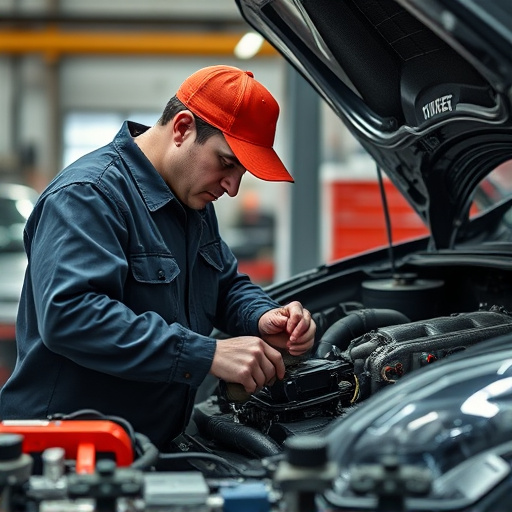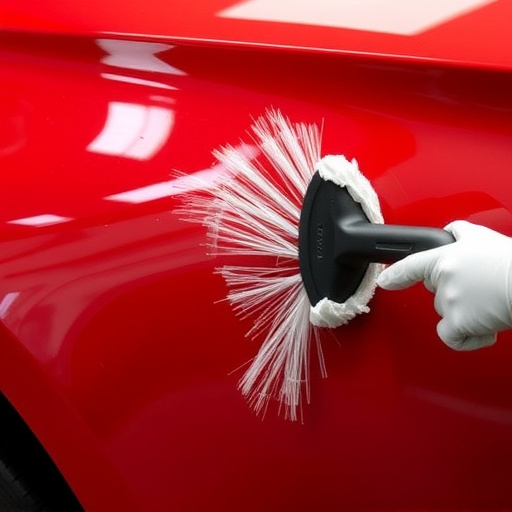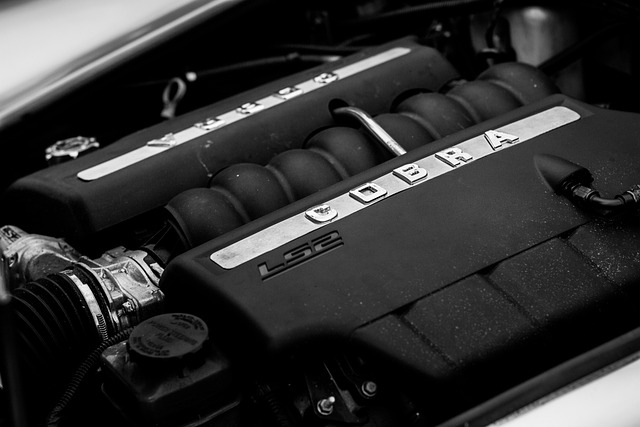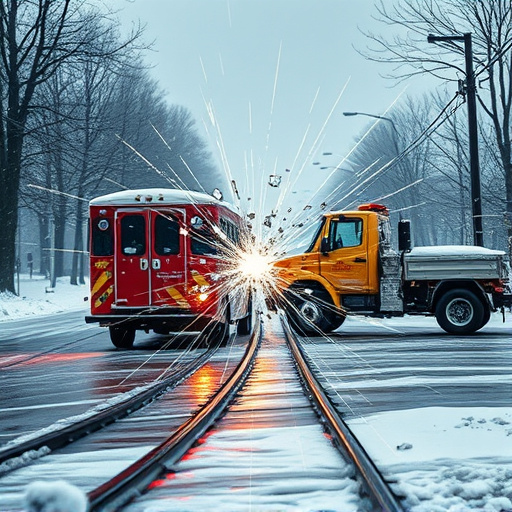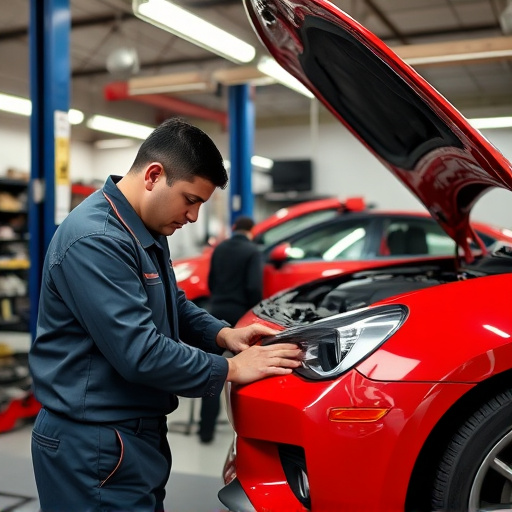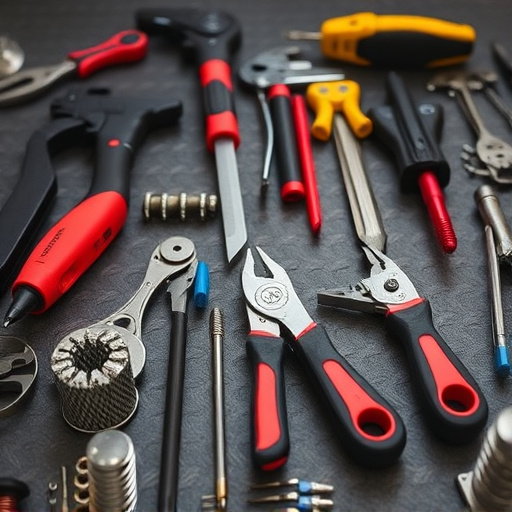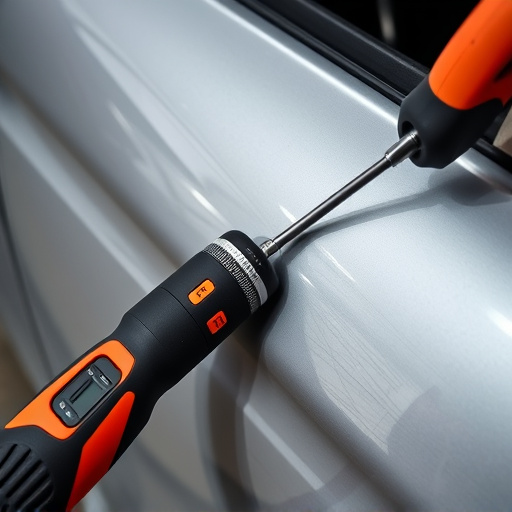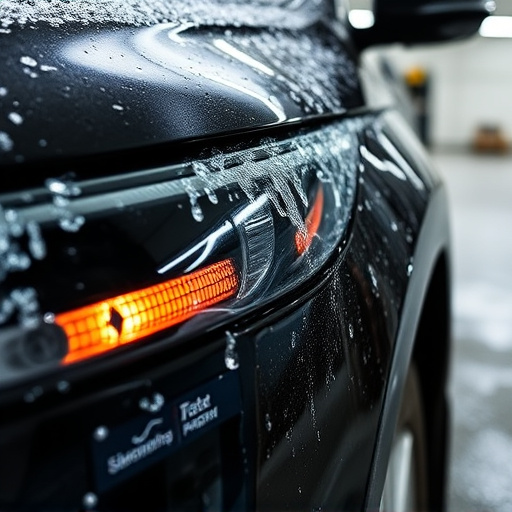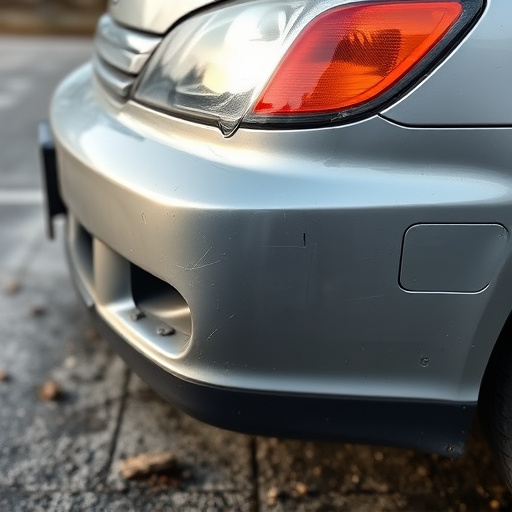Cooling system accidents cause damage to intricate components like radiators, condensers, and evaporators, leading to leaks, blockages, and system failure. These issues impact thermostat functionality, resulting in inaccurate readings and air conditioning malfunctions. Prompt repair by skilled technicians is crucial for commercial properties. Damage assessment, part replacement, and regular maintenance restore optimal thermostat function and ensure efficient cooling system operation.
In homes, thermostats act as controllers, regulating indoor temperatures. However, their functionality can be significantly affected by cooling system accidents, leading to unexpected temperature variations. This article delves into the intricate relationship between these two elements, exploring how a cooling system’s damage impacts thermostat performance. We’ll guide you through understanding normal thermostat operation, deciphering the effects of accident-induced disruptions, and offering insights on repair and maintenance strategies post-cooling system harm.
- Understanding Thermostat Functionality in Homes
- Impact of Cooling System Accidents on Thermostats
- Repair and Maintenance After Cooling System Damage
Understanding Thermostat Functionality in Homes
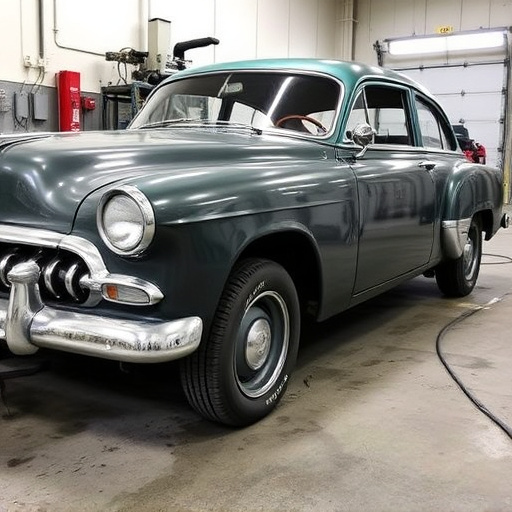
In homes, thermostats serve as the guardians of comfort, regulating indoor temperatures by controlling heating and cooling systems. These devices are typically designed to maintain a set point temperature, adjusting as needed to keep the environment pleasant. Under normal circumstances, they respond smoothly to temperature changes, ensuring a consistent and comfortable ambiance. However, when a cooling system accident occurs, the thermostat’s functionality can be affected, leading to unexpected changes in indoor climate control.
Cooling system accidents, whether due to mechanical failures, mishandling during installation or maintenance, or damage from external sources, can result in malfunctioning thermostats. In such cases, the thermostat might fail to respond accurately to temperature fluctuations, causing issues like sudden temperature spikes or drops. This highlights the importance of professional cooling system repair services and proper dent repair for thermostats, similar to what you’d find in an automotive restoration shop, to ensure optimal performance. Collision repair shops also offer specialized services that can help restore damaged thermostats to their original functioning condition.
Impact of Cooling System Accidents on Thermostats

When a cooling system accident occurs, it can significantly impact how thermostats function within a vehicle or building’s system. These accidents, whether due to collisions, extreme weather events (like hail damage), or other mechanical failures, can cause various types of damage. The intricate components of the cooling system—radiators, condensers, and evaporators—are particularly vulnerable.
Cooling system accidents often lead to leaks, blockages, or complete system failure, which in turn can misalign temperature readings on thermostats. In a vehicle, for instance, a collided-induced cooling system damage may result in an inaccurate thermostat, causing the air conditioning (or heating) to malfunction. For commercial properties relying on efficient HVAC systems and fleet repair services to maintain their operations, such incidents demand prompt attention from skilled technicians to assess and address not just the visible collision repair or hail damage repair but also the subtler impacts on thermostats and overall system functionality.
Repair and Maintenance After Cooling System Damage

After a cooling system accident, proper repair and maintenance are crucial steps to ensure your thermostat functions optimally again. The first step involves identifying the extent of damage, which could range from minor leaks to severe internal component failure. A thorough inspection by a qualified mechanic is essential to diagnose the issue accurately. Once the problem is identified, the next step is to replace any damaged or worn-out parts. This might include fixing leaks, repairing or replacing the water pump, or even the thermostat itself.
Regular maintenance after the repair process is vital. Regular checks can help prevent future issues and ensure the cooling system operates efficiently. This includes checking for leaks, ensuring proper fluid levels, and inspecting belts and hoses for any signs of wear and tear. Moreover, keeping an eye on the thermostat’s performance during these maintenance routines will help catch any unusual behavior early on, preventing more serious problems down the line. For instance, if you notice a persistent “Check Engine” light or unusual temperature readings, it could indicate a deeper issue that requires immediate attention.
In conclusion, understanding how thermostats react to cooling system accidents is crucial for swift recovery and efficient repair. Knowing their functionality in homes enables effective navigation through the aftermath of such incidents. By addressing the impact on thermostats and implementing proper maintenance, residents can ensure a comfortable living environment post-cooling system damage.


